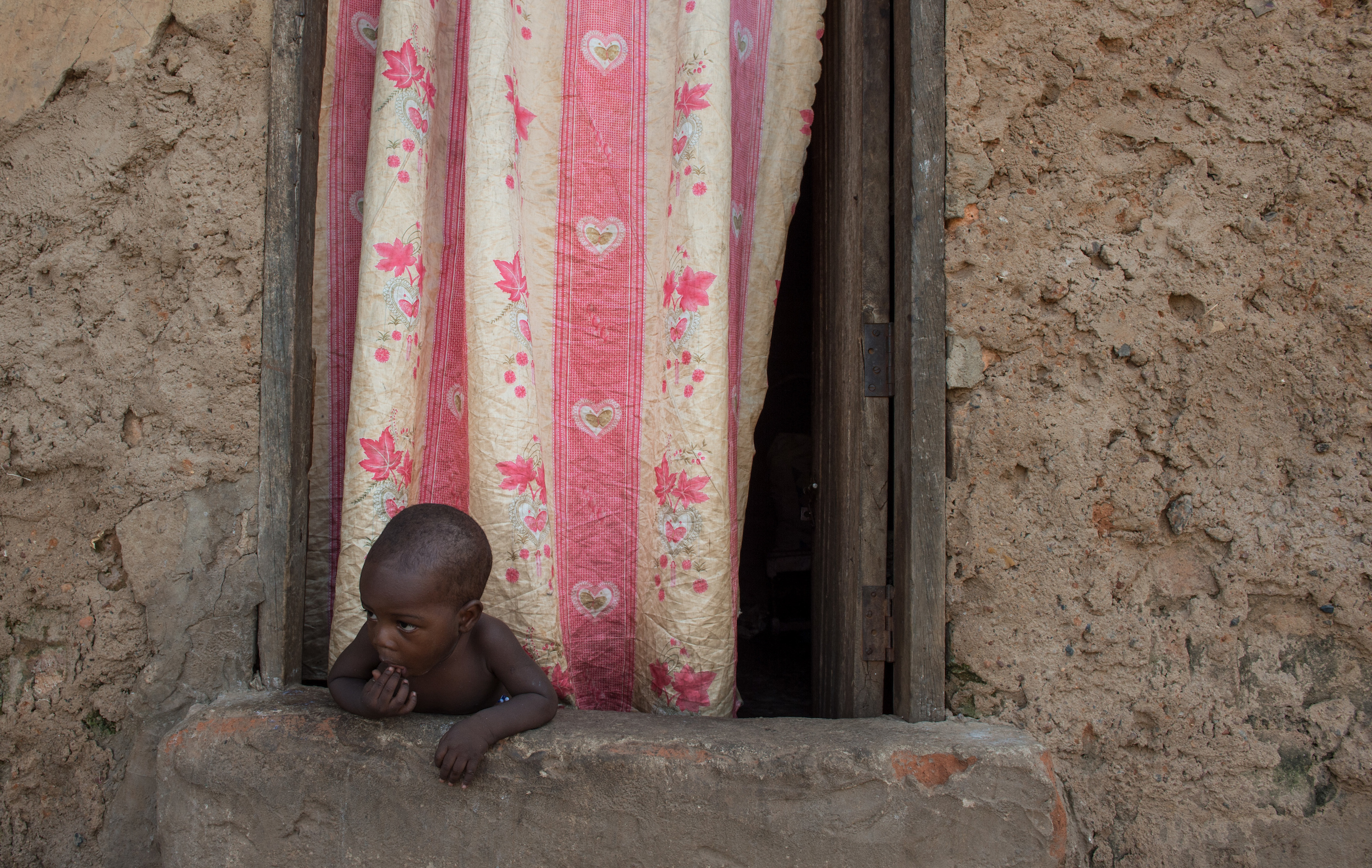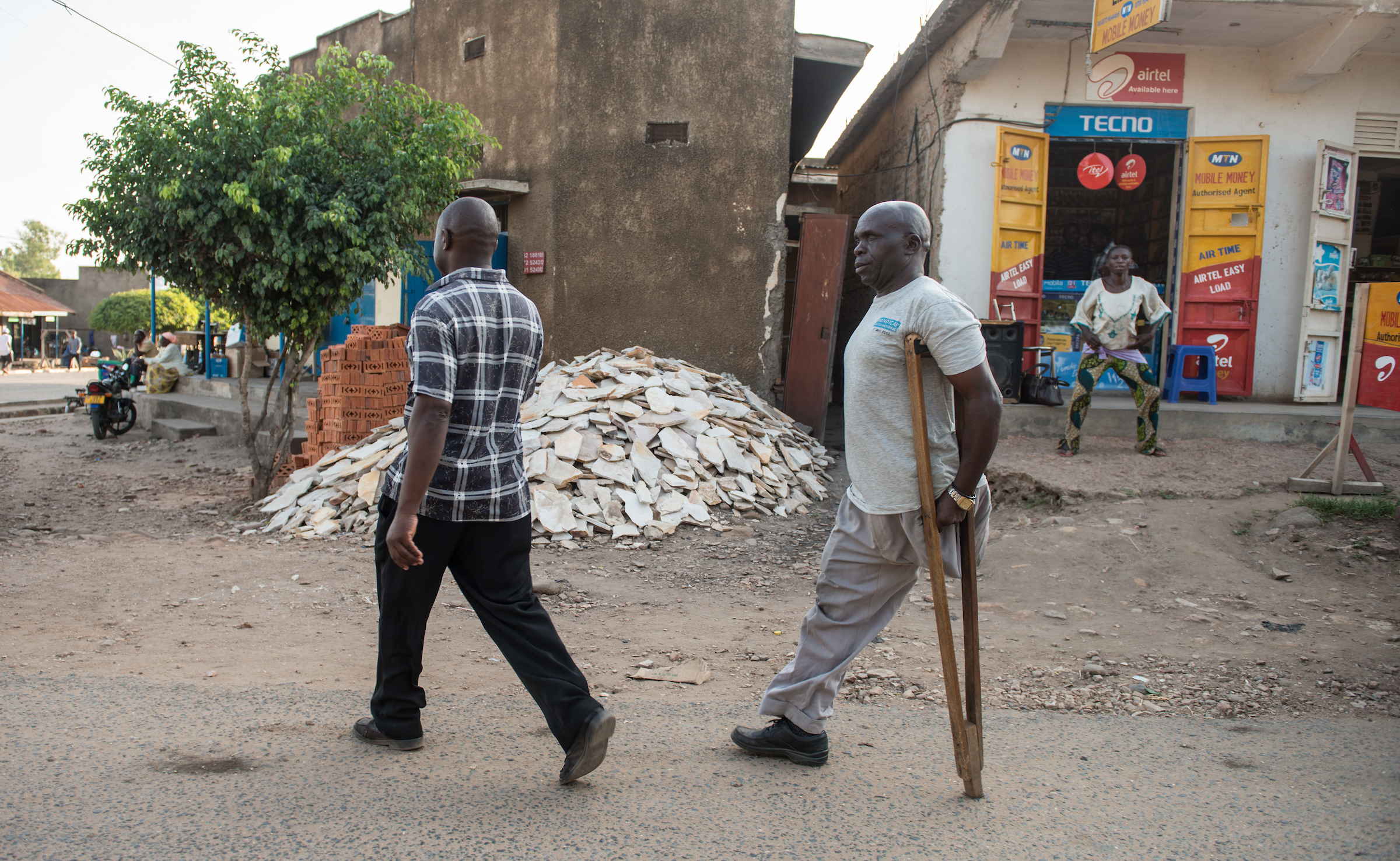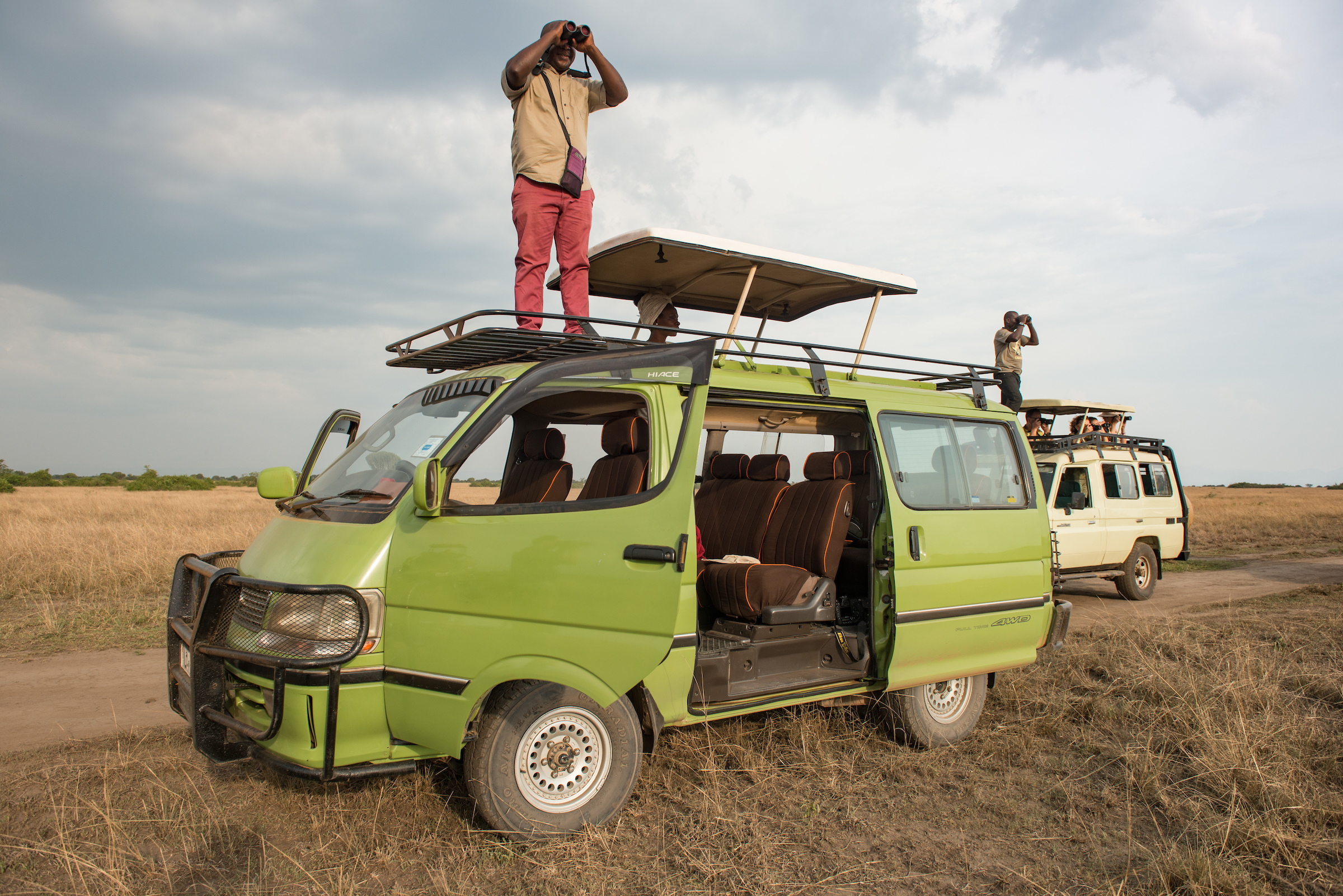
In 2013, Notre Dame hosted its first class of fellows in the Young African Leaders Initiative (YALI), a program run by the U.S. Department of State. The initiative brings young entrepreneurs from all over the continent of Africa to study at one of a handful of U.S. universities for six weeks during the summer. Each year since, a new group of 25 has come to Notre Dame.
For a storytelling unit, the opportunity for compelling content related to the program is deceptively challenging. Literally every one of the fellows selected has a remarkable story of determination, intelligence and savvy. They’ve all accomplished so much in their home countries by the time they arrive in the U.S. that selecting a single “success story” is impossible.
We set out to find a “proof of concept” story – a piece that could show how the knowledge gained here at Notre Dame was impacting and advancing the endeavors of the YALI fellows after their time in the States. Again, the choices were plenty. We ultimately decided to reach out to Eve Zalwango, a woman who owns a furniture making business in Uganda. Eve employs victims of landmine accidents, casualties from Uganda’s civil war (the conflict that prompted the “Make Kony Famous” campaign in 2012). Many of these people have lost limbs, and find it difficult to make a living in Uganda’s manual labor economy.

When our writer and photographer returned from Uganda, we reviewed the images captured there. They were, simply, stunning. So much so that we decided to approach this story a bit differently than others. Whereas in the past the images served mostly to enhance and deepen the understanding of the text, we felt we would try the opposite approach: text as an enhancement to photos. Far from a typical photo essay, however, we wanted a certain chronology to the events and, where necessary, we wanted the pictures to move.
The result is an experience that follows Eve’s story from the founding of her furniture business to her encounter with landmine victims, to her future plans to establish a non-profit training center.
Of particular note:
- This technique requires rigid adherence to a timeline. It sounds simple, but the flow of the story couldn’t be established without preparing the visitor for the next step. In feature writing, certain anachronisms are allowed and can even be useful. Not here. It was more challenging than we thought going in.
- Notice the use of black. We used text on a black background mostly to allow key messages or facts to stand on their own, starkly, without accompaniment. The visual impact of white text on black is striking, and in this way we even used text as an “image” to tell the story.
- The safari pictures were fascinating in their own way. That was an add-on to the trip; it wasn’t part of the original itinerary. There was a concern that including these photos in a gallery would seem too cliche. But interestingly, Eve said it’s rare for Africans to go on safari, in a way, the novelty just isn’t there. But she enjoyed the voyage as much as our crew.

Telling this type of story this way begins with the images. In the future, we’d probably prescribe this output before we even set out to gather the story. But either way, the images must be incredibly compelling to warrant this treatment. Credit to the Notre Dame Multimedia’s Barbara Johnston for this work, as well as the writing of Brendan O’Shaughnessy.